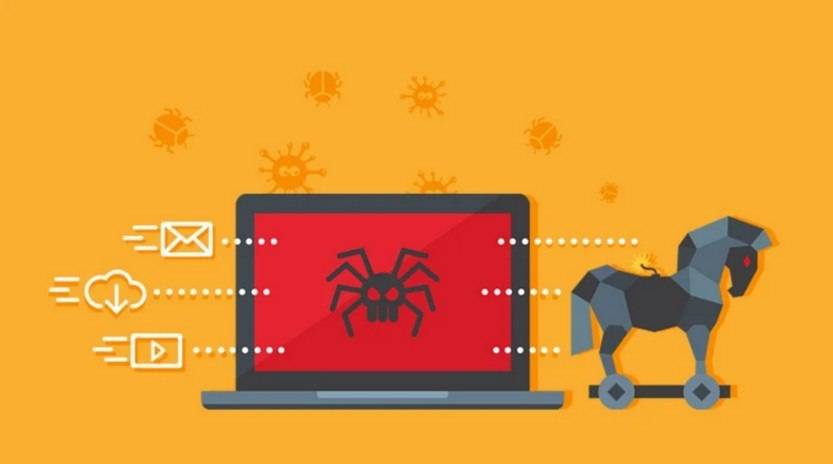Scams have become increasingly prevalent in the digital age, with scammers constantly finding new ways to exploit unsuspecting individuals. One such scam that has gained significant attention is the Woolworths $200 Coupon Facebook Giveaway Scam. This article aims to provide a comprehensive overview of the scam, including what it is, how it works, what to do if you have fallen victim, technical details, and statistics to support the points made.

What is the Woolworths $200 Coupon Facebook Giveaway Scam?
The Woolworths $200 Coupon Facebook Giveaway Scam is a fraudulent scheme that targets Facebook users by promising them a $200 coupon from the popular Australian supermarket chain, Woolworths. The scam typically appears as a post on Facebook, claiming that users can receive the coupon by following a set of instructions.
These instructions often involve sharing the post, liking the page, and commenting on the post. The scammers use these engagement tactics to increase the visibility of the post and reach a larger audience. They exploit the trust and excitement of users who believe they are participating in a legitimate giveaway.
How Does the Scam Work?
Once users have followed the instructions and engaged with the post, they are redirected to a website that appears to be affiliated with Woolworths. This website prompts users to enter their personal information, such as their name, address, and contact details, in order to claim the $200 coupon.
However, the website is a cleverly designed fake, created by the scammers to collect users’ personal information. Once users submit their details, the scammers can use this information for various malicious purposes, such as identity theft, phishing attacks, or selling the data to other cybercriminals on the dark web.
What to Do If You Have Fallen Victim?
If you have fallen victim to the Woolworths $200 Coupon Facebook Giveaway Scam or any similar scam, it is crucial to take immediate action to protect yourself and minimize the potential damage.
1. Change Your Passwords
The first step is to change your passwords for all your online accounts, especially if you have used the same password for multiple platforms. This will help prevent the scammers from accessing your other accounts and further compromising your personal information.
2. Monitor Your Accounts
Regularly monitor your bank accounts, credit cards, and other financial accounts for any suspicious activity. If you notice any unauthorized transactions or unusual behavior, report it to your bank or financial institution immediately.
3. Report the Scam
Report the scam to the relevant authorities, such as your local law enforcement agency and the Australian Competition and Consumer Commission (ACCC). By reporting the scam, you can help prevent others from falling victim to the same scheme.
4. Run a Scan with Malwarebytes
Scammers often use malware or viruses to gain access to users’ personal information. To ensure your device is free from any malicious software, it is recommended to run a scan with Malwarebytes Free. This powerful antivirus software can detect and remove any potential threats.
Technical Details of the Scam
The Woolworths $200 Coupon Facebook Giveaway Scam utilizes various techniques to deceive users and collect their personal information. Here are some technical details of the scam:
- The scam often uses social engineering tactics to manipulate users into believing they are participating in a legitimate giveaway.
- The scammers create fake Facebook pages and posts that closely resemble the official Woolworths pages, making it difficult for users to distinguish between the real and fake ones.
- The scammers use URL redirection techniques to redirect users to the fake website where they are prompted to enter their personal information.
- The fake website may use SSL certificates to give the appearance of a secure connection, further deceiving users into thinking it is legitimate.
Statistics on Facebook Scams
Facebook scams, including the Woolworths $200 Coupon Facebook Giveaway Scam, have become alarmingly common. Here are some statistics that highlight the prevalence of these scams:
- According to a report by the ACCC, Australians lost over $851 million to scams in 2020, with social media platforms being a common avenue for scammers.
- In 2020, the ACCC received over 12,000 reports of scams on social media platforms, resulting in losses of over $26 million.
- Facebook reported removing 1.3 billion fake accounts between October and December 2020, highlighting the scale of fraudulent activity on the platform.
Summary
The Woolworths $200 Coupon Facebook Giveaway Scam is a deceptive scheme that preys on Facebook users’ trust and excitement. By understanding how the scam works and taking necessary precautions, such as changing passwords, monitoring accounts, reporting the scam, and running a scan with Malwarebytes, users can protect themselves from falling victim to such scams.
It is essential to stay vigilant and skeptical of any online offers that seem too good to be true. By educating ourselves and spreading awareness about these scams, we can collectively combat cybercrime and create a safer digital environment.










